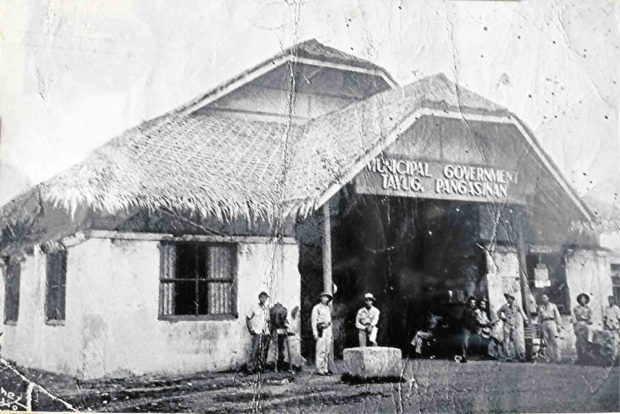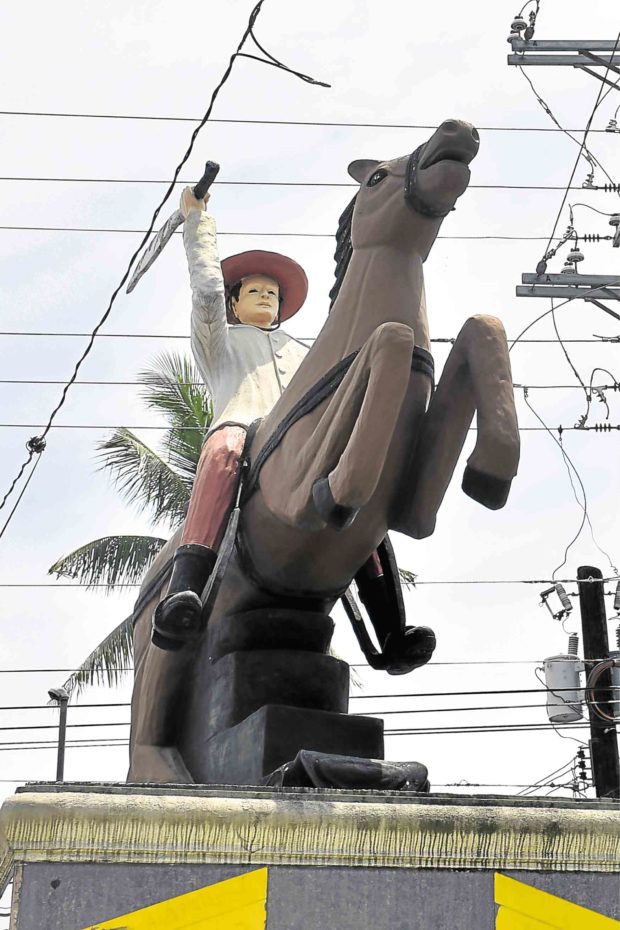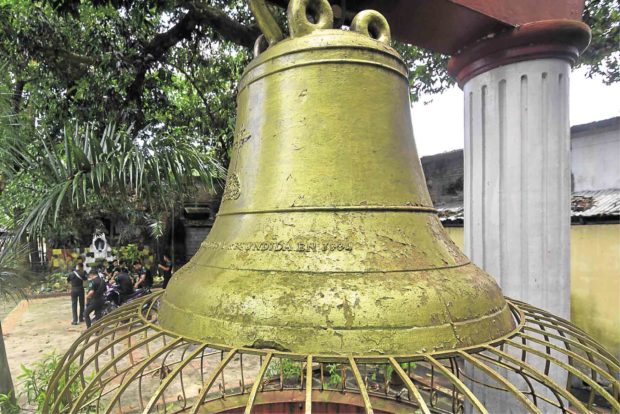Town learns story of ‘Colorum’ hero
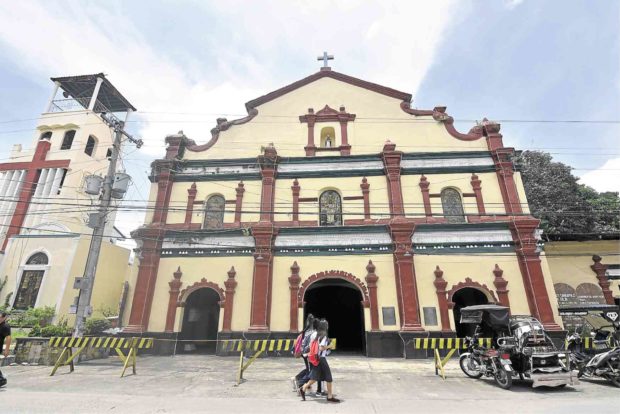
LAST STAND Pedro Calosa’s forces made their last stand in this Catholic church on Jan. 11, 1931. The church’s original bell (balcony photo) is now displayed at the churchyard in Tayug.
Most residents of this bustling eastern Pangasinan town are familiar about the concrete monument at the center of a road intersection here. They are clueless, however, as to why and how the human figure astride a horse was put up in a public place for everybody to see.
It is the statue of Pedro Calosa, but there is no inscription to explain that he led the Colorum Revolt in 1931, attacking the municipal hall and burning land documents to rally support against American colonial rule.
Councilor Romeo Vidal, 51, only learned about Calosa from his great-grandfather’s stories when he was a boy. The man, he was told, fed his carabaos and cows on treetops because he had an “anting-anting” (talisman).
“That’s the only story I know,” Vidal said.
National History Month
Calosa’s name recently popped out in social media posts as the country celebrated National History Month in August.
On Facebook, “What’s Up Dagupan?” posted the scheduled screening in Hong Kong of “Dapol Tan Payawar Na Tayug 1931” (The Ashes and Ghosts of Tayug 1931), an award-winning movie about Calosa written and directed by Pangasinan filmmaker Christopher Gozum.
Calosa and his parents were among the early Ilocano migrants who settled in Tayug when the country became a colony of the United States, according to historian Rosario Mendoza Cortes in her book “Pangasinan 1901-1986: A Political, Socioeconomic and Cultural History.”
They came from Bauang town in La Union province, where Calosa was born.
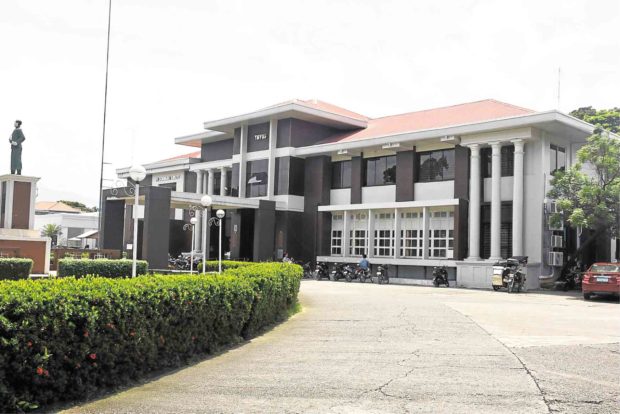
SEAT OF POWER The Tayug town hall (top photo) in the early 1900s before the “Colorums” attacked it in 1931. Photo above shows the municipal hall today.
Migration to Hawaii
Orphaned during a cholera outbreak in the province, he and his older brother left for Hawaii to work in sugarcane and pineapple plantations there for 11 years.
In 1927, Calosa was deported to the Philippines after serving a prison term for organizing a union and leading a strike to demand higher wages and better working conditions in the plantations.
A year after settling back in Tayug, Calosa formed the Philippine National Association, an underground insurgent group, whose aims were to press for independence from the Americans, secure a more equitable distribution of wealth, and establish the supremacy of the Aglipayan Church in the country.
They would be called “Colorums,” a term derived from the phrase “suecrola saeculorum” (forever and ever), which usually ended a prayer. Colorum has come to mean anything that is unlicensed or extralegal.
The group’s method of recruitment was very effective that by 1930, about 1,200 peasants in Tayug and the neighboring towns of San Nicolas, Santa Maria and San Quintin joined up. The members wore amulets and red sashes, and their emblem was the Filipino flag featuring the sun instead of the three stars.
Attack on barracks
On the night of Jan. 11, 1931, some 70 Colorums, wielding bolos and knives, attacked the Constabulary barracks in the municipality, killing three constables.
After burning the barracks, they entered the municipal hall and set fire to bundles of land and tax documents in the plaza.
They also burned the post office, a score of houses and a warehouse, according to historian Milagros Guerrero in an article published in the 1967 issue of the Asian Studies Journal.
At dawn, a busload of constables arrived and fought the Colorums, who moved to the Catholic church across the plaza and ordered the priest there to offer Mass for them and serve breakfast.
As more Constabulary reinforcements arrived, the insurgents found themselves cornered and outnumbered.
“It was at this juncture that the fortune of battle turned against them,” Guerrero said.
“Their one disadvantage was their lack of familiarity with rifles. They fired desultorily and when the magazines were empty, they threw away their guns,” she narrated.
At 6 p.m., the Colorums surrendered. Calosa escaped, but he was captured days later.
Court sentence
Only 20 of those who joined the attack were arrested and tried for murder and sedition at the Court of First Instance in Lingayen town.
Most of the men were found guilty and were sentenced to five years imprisonment. The women were eventually released because of insufficient evidence.
Calosa and Cesario Abe, another Colorum leader, received 40-year prison terms.
Eight years later, Calosa was granted parole. He returned to Tayug and became a charcoal maker.
In 1967, he was felled by an assassin’s bullet.
Role in history
Mayor Tyrone Agabas said his administration had started revisiting Calosa’s story for the residents to take cognizance of his role in history as a freedom fighter.
When he assumed office in 2013, Agabas at first considered Calosa’s original monument an eyesore. “I could not understand what it was,” he said.
He asked the Department of Public Works and Highways to rebuild it to its current appearance.
“I had wanted to make it look better because that is really a monument deserving respect,” he said.
Vidal said Calosa’s heroism should be a source of pride for the townspeople, saying the man was known all over the country.
During a wedding Vidal attended in Ilocos Sur province in the 1980s, some of the guests referred to him as “Colorum” when they learned that he was from Tayug.
“I knew right then that they were referring to Pedro Calosa and I was so proud of it,” Vidal said.
